Could the arrival of Airbus’ A321P2F in the short and medium-haul cargo arena, really unseat Boeing’s 757 in the cargo role? The answer isn’t as obvious as you might imagine. But really, what’s more interesting here is the question itself.
We’ve just entered the year 2021. Boeing’s 757 stopped coming out of the Renton factory in Washington in 2004. And here we are nearly 17 years later, discussing the 757’s potential in the cargo role, against the Airbus A321P2F. That the 757 came this far is in itself amazing. There are plenty of them still around that still carry passengers.
This week, AerSale announced the start of its passenger-to-freighter (P2F) conversion program, on a Boeing 757-200. This is not the first such conversion the company makes; they’ve been at it since 2013. But this is crucial because AerSale itself bought this and another 23 757s. So a quick answer to the title’s question is that the Airbus A321P2F hasn’t killed the 757P2F yet.
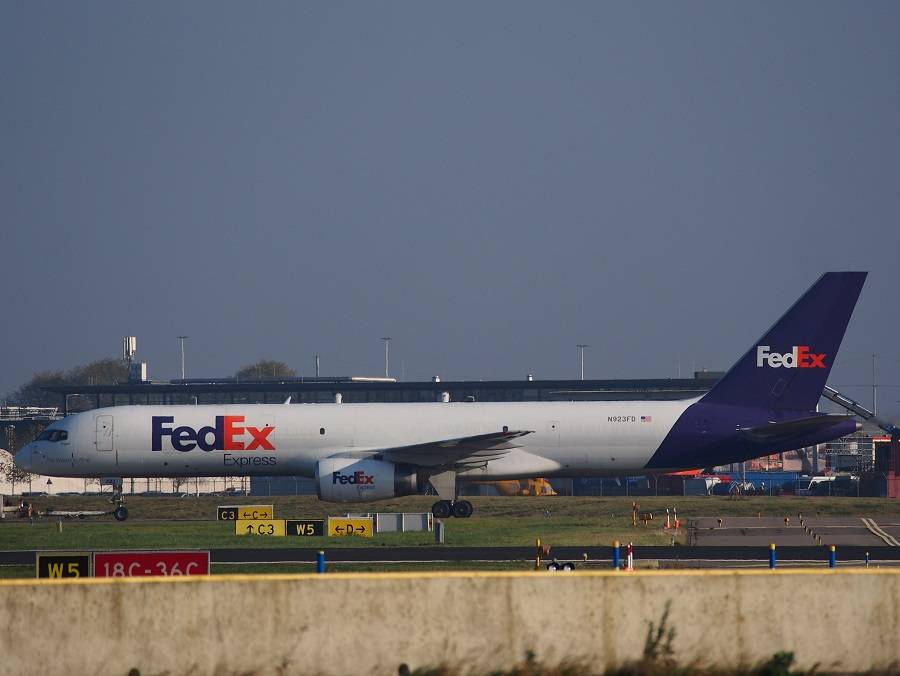
The first of AerSale’s 757s first flew for American Airlines in 1999. That’s a bit older than ideal, but not too bad for a new conversion. The company believes in the aircraft, which is why they put their money where their mouth is. Craig Wright, AerSale’s president of Aircraft and Engine Management says:
“There is no rival to the B757 as a freighter, and with our younger, high-spec, and well maintained fleet we are ideally positioned to support cargo airlines with turnkey freighters to meet the booming e-commerce market.
“Post-Covid-19, the lack of freight capacity has been further exacerbated by the dramatic decrease in passenger aircraft flights whose cargo holds have typically carried the bulk of global air freight.”
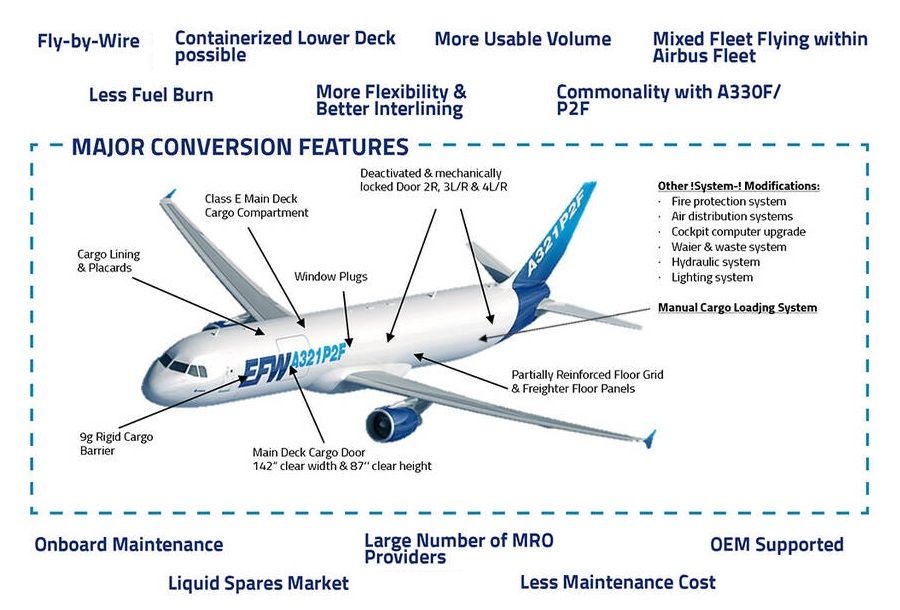
The Emergence of the Airbus A321P2F
There is certainly a lot of demand for cargo, and as we’ve seen all companies converting aircraft are quite busy. However, before the pandemic, Elbe Flugzeugwerke (EFW) began work on what finally became the Airbus A321P2F. EFW is a joint venture between Airbus and ST Engineering. This gives the programme an ‘OEM’ stamp of approval. It also gives it commonality with the A330P2F, EFW’s first programme.
Keen aviation buffs may wonder how comparable the Airbus A321P2F might be, with a Boeing 757 P2F. The passenger versions of these two jets aren’t directly comparable, after all. The answer is that the P2F versions are still different, but may well be comparable enough for many users. The 757 is a bigger and heavier aircraft, with approximately 20 tonnes higher MTOW. It also has around 450km (243nm) more range.
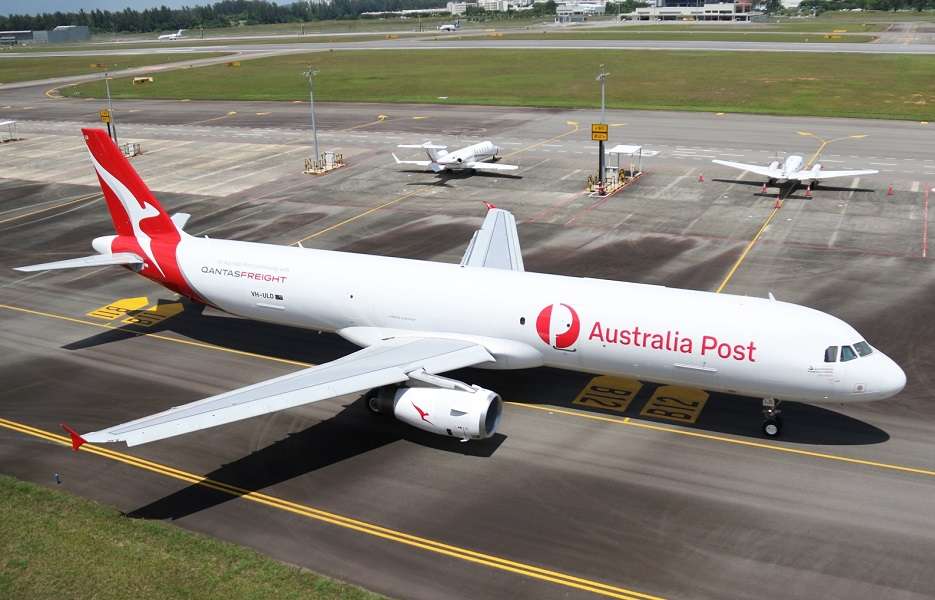
However, there are some surprises when we look at payload capacity. Despite its higher MTOW, the 757 P2F can carry less cargo than what Airbus publishes for its A321P2F. That’s 25 tonnes for the Boeing, and 28 for the Airbus. The Boeing has more internal volume, so bulky but light-for-volume cargo (e.g. PPE) would favour the 757. The latter can carry 15 pallets on the main deck, to the Airbus’ 14.
Both aircraft can also carry LD3 pallets in their underfloor hold. That is one reason why the 737 doesn’t feature more in this article. Ironically, it’s also why Airbus and EFW tout the A321P2F as a 737P2F replacement. They are more keen to compare it to cargo variants of the latter, than the 757. At first glance this is odd.
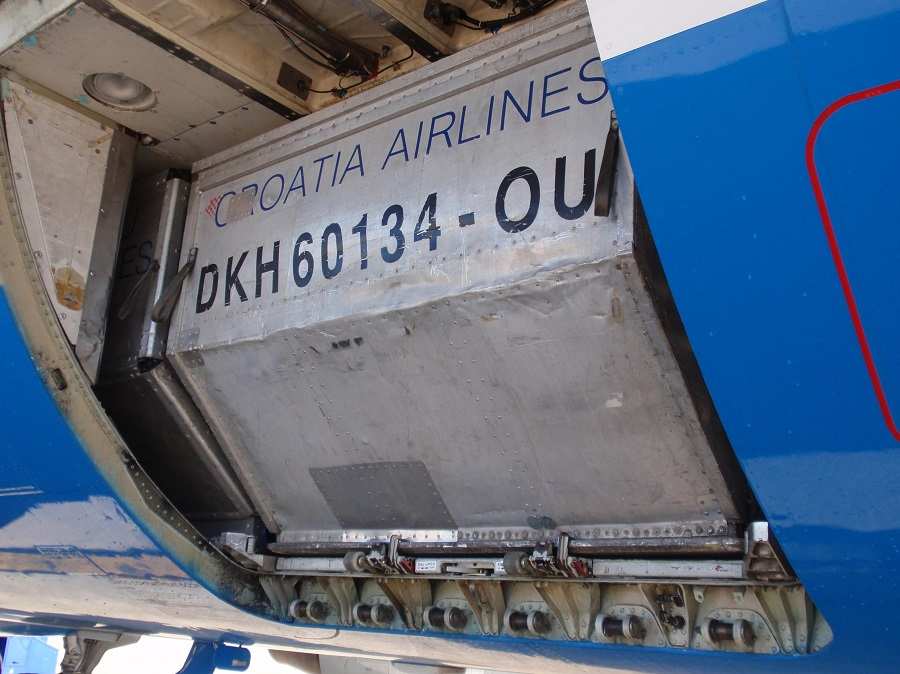
Efficiency Or Supply and Demand (or both)
The fact the Airbus A321P2F is a lighter airframe, carrying the same weight, means it’s more efficient. Right? Well, yes and no. It’s efficient if their difference in range isn’t a factor. Unlike the passenger airline world, in cargo versatility often trumps efficiency. That is why we see four-engined jets still in demand in cargo. There are certain things only they can do.
However, time waits for no-one. The advent of the A321neo, means that airlines are already busy getting rid of their older A321s. The supply of donors to make Airbus A321P2F freighters simply overwhelms that of the 757. In the US, a company called Precision Conversions makes its own Airbus A321-200PCF (passenger converted freighter) model, in Florida. EFW and ST Engineering are already expanding their P2F programmes in the US and China.
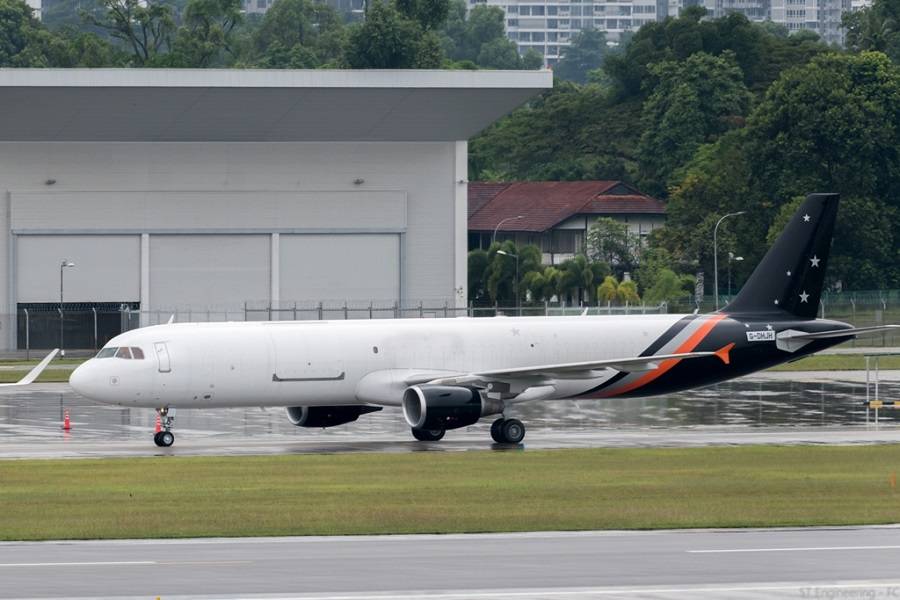
In the UK, Titan Airways just picked up its first Airbus A321P2F this week. Titan is a charter airline with both passenger and cargo operations. They already operate the A320 for passengers, so adding the A321P2F to their fleet comes naturally. But interestingly, they also operate Boeing 757-200s. Until now they only had 737-400BCFs for cargo, and picked the Airbus to expand these operations.
This likely shows the way things are going. Ironically, Airbus’ A321neo, with its more efficient engines, would probably ‘eat’ a lot of the range advantage of the 757. But we probably won’t see an A321neoP2F in this decade…



